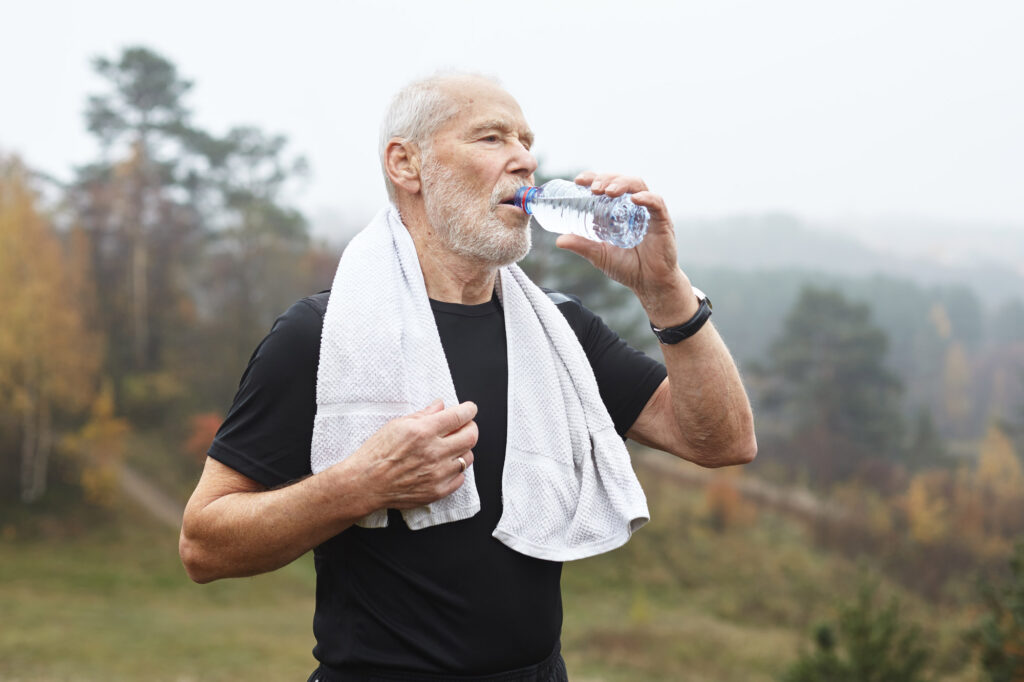General Urology
Kidney Stones

Many factors can contribute to your chance of having a kidney stone, including diet and fluid intake, where you live or even your work environment. (UTI) each year.
Many factors can contribute to your chance of having a kidney stone, including diet and fluid intake, where you live or even your work environment.
Kidney stones typically form when your urine becomes too concentrated, causing crystals to build up inside the kidneys. Crystals begin to stick together and gradually build up into a rock-like mass. Initially, kidney stones are quite small in size, but over time, as more and more crystals attach, they can grow quite large.
The crystals that form kidney stones are made from substances normally present in the urine. These substances include calcium, oxalate, phosphate, uric acid and other chemicals. Our kidneys normally excrete these chemicals into the urine. However, when their concentration in the urine is very high, these chemicals don’t stay dissolved, and instead, begin to “crystallize out” of the urine. There are other substances in the urine, called “inhibitors”, which help to keep the crystals from sticking together. When the concentration of crystals is too high, or the relative amount of inhibitors is too low, a kidney stone will form.
Risk Factors
Many factors can contribute to your chance of having a kidney stone, including:
- Family history
- Diet and fluid intake
- Where you live
- Work environment
There are several different types of kidney stones, each with a different chemical composition. The vast majority of kidney stones contain calcium. Calcium stones are composed of calcium that is chemically bound to either oxalate (calcium oxalate stones) or phosphate (calcium phosphate stones). Of these, calcium oxalate is far more common. Pure calcium phosphate stones are rare, and usually indicate an underlying illness or metabolic disorder. The most common stone composition is a mixture of mostly calcium oxalate with a small amount of calcium phosphate. Other kidney stones contain no calcium. These include uric acid stones, struvite stones and cystine stones.
Men are more likely to have kidney stones than women. Caucasians are more likely to have kidney stones than African-Americans. The peak incidence is between 40 and 50 years of age and appears to decline after that.
Kidney stones tend to recur. If a man has had one kidney stone, and does nothing to reduce his risk of recurrence, studies show he has about a 60 to 70% chance of having another. If a man has had two kidney stones, the chances of recurrence go up to over 90%. The odds of recurrence are slightly lower for women.
There are steps you can take to reduce your risk of kidney stones. The first step in prevention is to understand which chemical type of kidney stone you are making. So, it is very important to send your stone or stone fragment to the lab for analysis. If you are trying to pass a kidney stone you should strain your urine. Catch any stone or gravel that appears, and bring it to your urologist’s office. If you have had
your stone removed with an extraction procedure, your urologist will send it to the lab for analysis. Patients who undergo shockwave lithotripsy – a procedure which breaks the stone up with sound waves – should carefully strain their urine in the days (and possibly weeks) after the procedure, and bring to their urologist any fragments or gravel that appears.
Depending on the chemical composition of your stone, and the number of stones you’ve had in the past, your doctor may suggest that you undergo specialized lab tests. These tests are designed to measure the amount of certain chemicals in your blood and urine, and detect the specific imbalance or excess which might be causing stones to form. The results of these lab tests may indicate the need for daily use of a prescription medication to reduce the risk of stone recurrence.
Diet, Lifestyle and Behavior Changes
Dilution Is the Best Solution
The single most effective step to prevent recurrence is to increase your fluid intake. By drinking a total of 8 to 10 glasses of fluid per day, you will dramatically dilute your urine, making it less concentrated. This will keep crystals from forming and reduce the likelihood of stone formation. At least half of the fluid intake should be water. If you have trouble determining your fluid status, pay attention to your urine. Dark urine usually means that you are not getting enough fluid. The goal is to drink enough so that your urine is pale in color.
Reduce Your Protein Intake
Studies have shown that increased protein intake (i.e., meat, eggs, cheese, etc.) will lead to higher levels of calcium, uric acid and oxalate in the urine – all of which can increase the risk of calcium stone formation. “Low-carb” diets, which are generally high in protein and fat, are NOT recommended for individuals with a history of calcium kidney stones. To reduce your risk of calcium stone formation, reduce your intake of animal protein, and, instead, substitute plant protein sources such as legumes, nuts and seeds and whole grains.
Reduce Your Sodium Intake
Studies have consistently shown that higher sodium intakes lead to increased calcium in the urine. Many experts believe that restricting sodium to no more than 2000 mg per day while increasing fluid intake is one of the most effective means of reducing calcium stone recurrence. Remember, however, that high levels of sodium are found in many prepared foods, and not just in the salt shaker. Whenever possible, reduce your intake of canned or processed foods, look for “reduced sodium” products, and avoid adding extra salt to your food.
